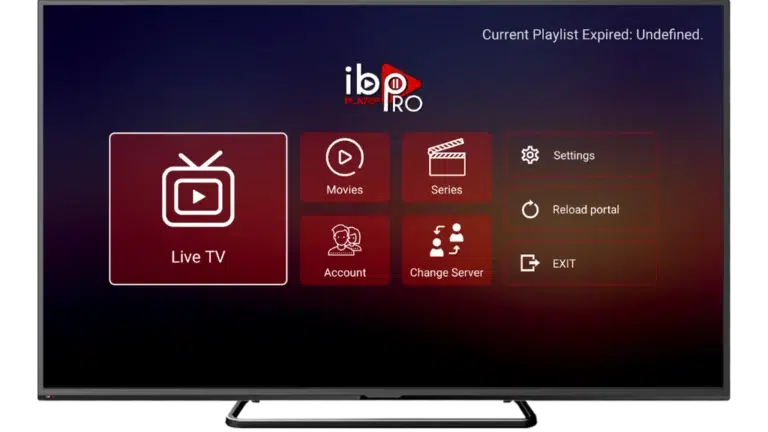IPTV, or Internet Protocol Television, is an advanced technology of television distribution that works through the internet connection and not through cables like satellite or Cable television. But how does this system operate? Take a look below to learn more about IPTV’s and what they are, the benefits of using it, and the potential downfall of using it. Find out how this emerging technology known as IPTV is transforming the traditional television broadcasting and why it is gradually gaining the preference of customers globally.
Introduction to Understanding IPTV
Think of the IPTV as the biggest blend of TV programmes, film, and live broadcasts available to watch at the convenience of your comfort at the palm of your hand with a stable internet connection. While the traditional method of transmission of content is done via satellite signals or cable the IPTV relies on internet connection to deliver the content at the user end.
How Does IPTV Work?
This system of television operates through that of converting conventional television signals into digital signals which will in turn can be transmitted via the internet. This data is then broadcasted back to the users through the IP (Internet Protocol) Networks so that they can view their favorite programs across screens like in smart TVs, computers, smartphones or tablets.
Components of IPTV
A. Content Delivery Network (CDN): CDN is very essential in IPTV since it involves the delivery and storage of media content to users from different locations.
B. Middleware: Middleware in the context of IPTV systems is the software that controls the flow of content, handles the identification of users, and supports interactive services.
C. Set-Top Box (STB): STB can thus be described as a receiver that demodulates and displays the IPTV signal on the television. d. Subscriber Management System (SMS): SMS is used in management of the subscription, billing and account in IPTV services.
Advantages of IPTV
A. On-Demand Content: The IPTV services therefore enable users to be able to have access to on-demand television programs that they prefer at certain times.
B. Interactive Features: Unlike cable television, IPTV has more features which include video on demand, pause, rewind and fast forward features in the middle of the program.
C. Multi-Device Support: IPTV services can be accessed on an assortment of devices such as smart TVs, smart phones, tablets, and computers to enhance the viewers convenience.
IPTV vs Traditional TV
IPTV is different from the traditional TV in that it provides more individualism and flexibility compared to the predetermined schedules and scarce channels the traditional TV has to offer. Consumers get a number of options to select on different channels and programming schedules are available which interest the consumer.
IPTV Subscription Services
There are several IPTV subscription services that are available and the packages as well as the channels that are offered are quite different due to the different tastes that people have when it comes to viewing. It’s also important to note that there are options for subscription plans and users can select the one that they best meet their viewing habits and financial capacity.
Compatibility and Devices
IPTV works on different compatible devices including smart TV, computer, mobile phone, tablet, and an IPTV set-top box. This compatibility makes it possible that the end users access IPTV content in their choice of devices, whether in their homes or elsewhere.
IPTV Security Concerns
IPTV also has its pros; however, it has drawbacks such as content theft and unauthorized access. IPTV streams interceptions and the distribution of the pirated content are among the main issues that IPTV provider and regulators face.
Conclusion
Summing up, IPTV is contributing to changes in the television broadcasting model as it delivers personalized content through the Internet connection. The major advantages of IPTV include flexibility, convenience, as well as the access to a wide content range that can make it popular among consumers all over the world.





